“Ash blonde with dark roots” is a gorgeous hair color look that mixes a cool-toned, ashy blonde with deeper, darker root color.
It gives a softer, more natural contrast than full-bleach blondes, while letting the roots grow out more gracefully.
Here’s what it is, why people like ash blonde with dark roots, and how to do and care for it well:
Table of Contents
What Is Ash Blonde With Dark Roots?
- Tone & undertone
Ash blonde refers to blonde shades that lean cooler — with gray, blue, or smoky undertones — rather than warm, golden, or yellow tones. - Dark roots
The “dark roots” part means leaving your natural (or a darker) base color at the roots, or purposefully shading/blending the root area darker than the rest of the hair. This creates dimension, depth, and a more gradual grow-out. - Why it works
The contrast between the ashy blonde ends and darker roots gives a lived-in, editorial look. It softens the transition between colored and natural hair, and helps reduce the stark “line of demarcation” as your hair grows. Many stylists refer to techniques like “root smudge,” “root shadow,” or balayage/foilyage to accomplish this effect.
Pros & Considerations With Ash Blonde Hair With Dark Roots
Pros / benefits:
- Lower maintenance
Because the roots aren’t fully bleached or repeatedly touched up, you can stretch out salon visits more than with full blonde. - Dimension & depth
The darker root tones anchor the hair, which can prevent your blonde from looking washed out or flat. - Natural grow-out
The transition between root and blonde is softer, making regrowth less obvious. - Cool tone style
Ash blondes are trendy, modern, and flattering on many skin undertones (especially neutral to cool ones).
Challenges / trade-offs:
- Achieving and maintaining an ashy tone can be tricky: blonds tend to pick up warmth (yellow/orange hues) over time, so toning is needed.
- The hair must first be lifted (bleached) to a light enough level before applying ash tones, especially if your natural color is dark. Doing too much lifting in one session can damage hair.
- The darker root area must be blended well — if the contrast is too harsh, it can look harsh or unblended.
- Color fading, brassiness, and dryness are ongoing risks for any blonde look.
How It’s Created
Here are common techniques stylists use to make ash blonde with dark roots:
- Root smudge / root shadow
The colorist applies a darker shade (semi- or demi-permanent) to the root area and “smudges” it down slightly to blur the transition into the lighter blonde. - Balayage / Foilyage
Instead of saturating the full root area, the stylist hand-paints lighter strands from mid-lengths downward, avoiding the roots, so the darker base remains visible.
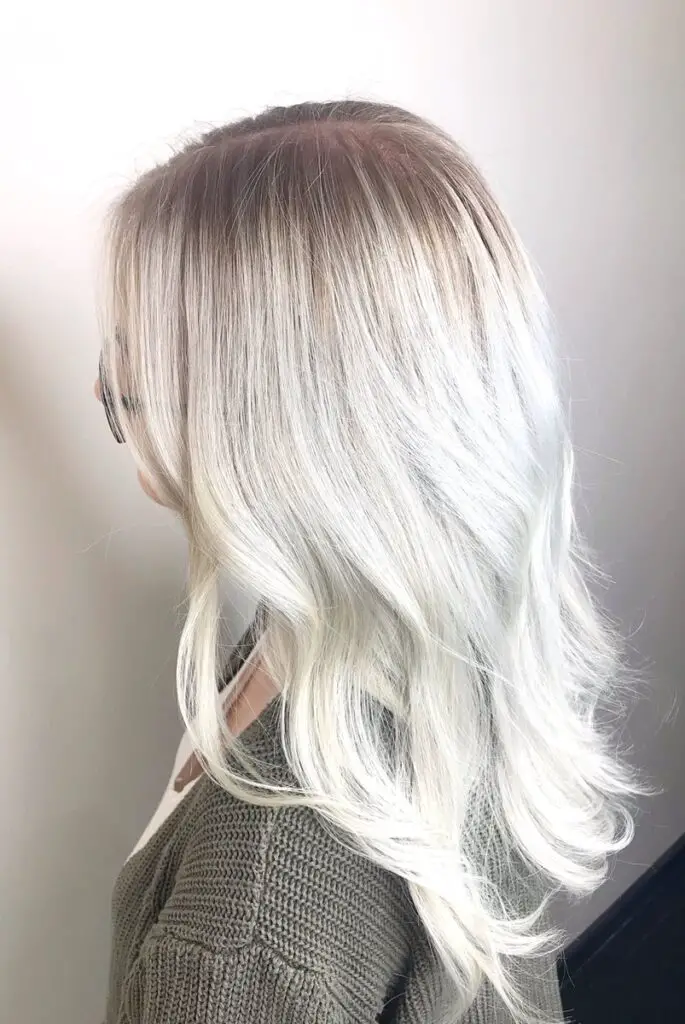
Short Ash Blonde Hair With Dark Roots
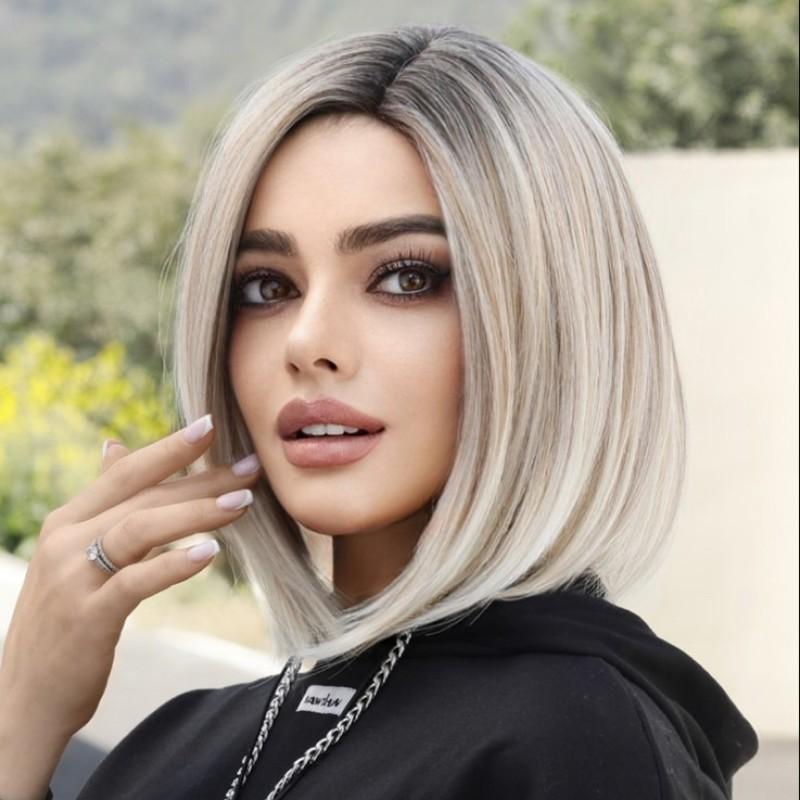
Dark Shadow Root Blonde Hair/Dark Shadow Root with Blonde Hair
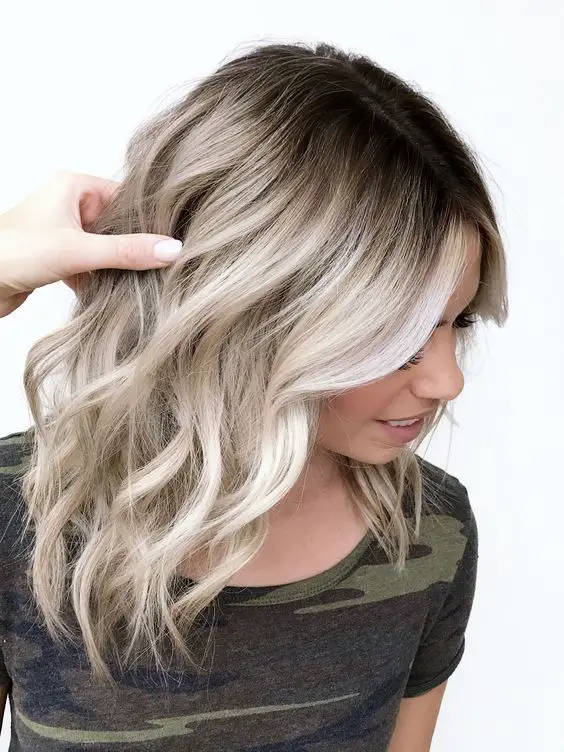
Ash Blonde With Shadow Root
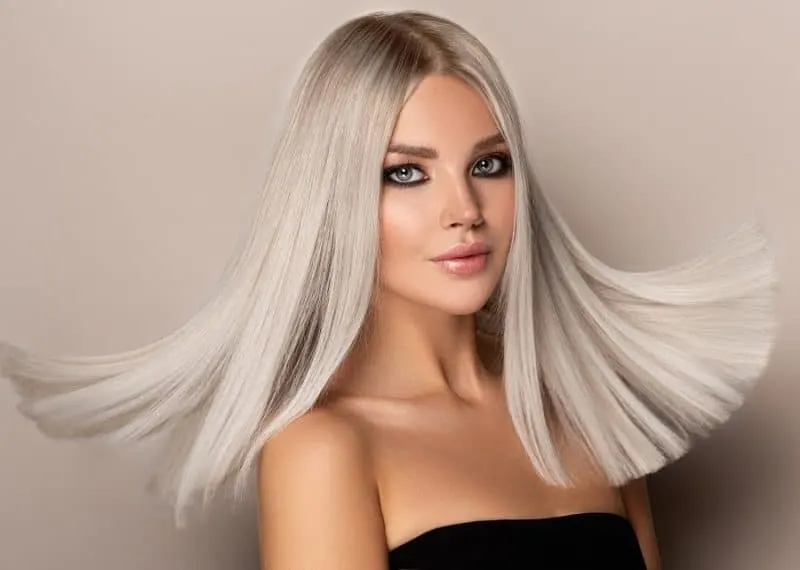
Balayage Shadow Root Blonde
Shadow Root Curly Hair
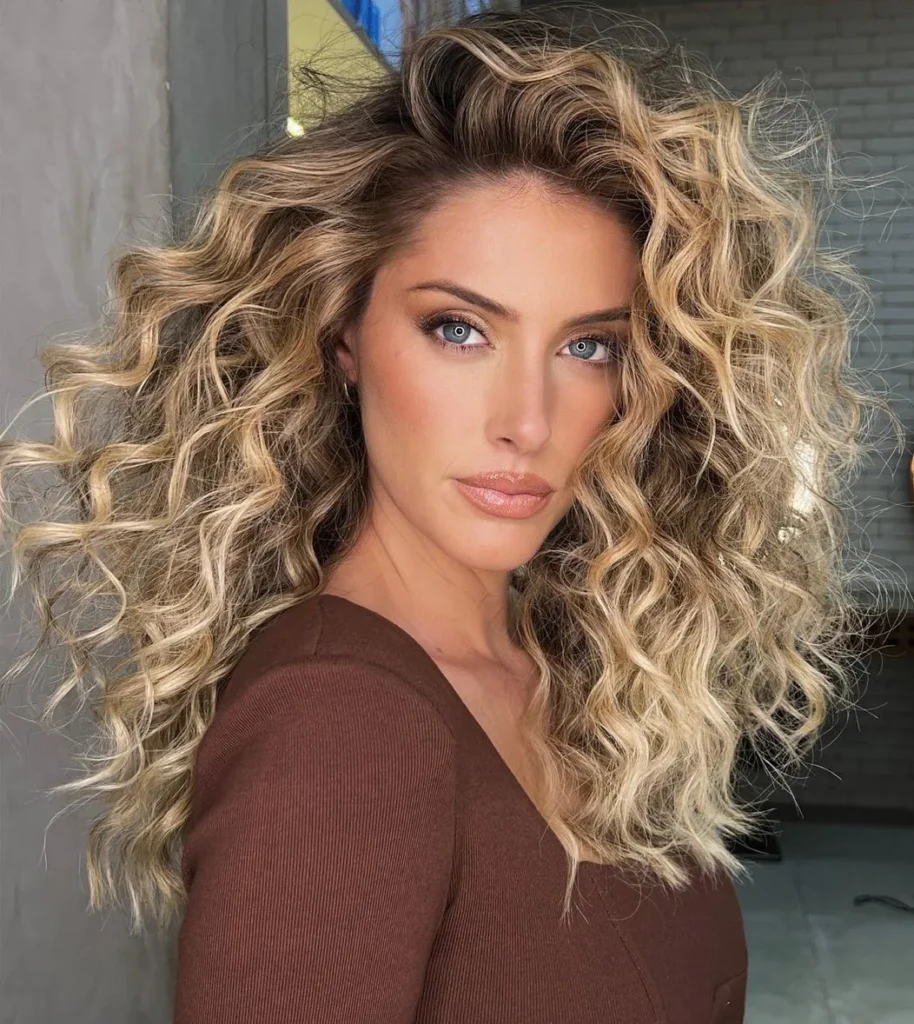
READ ALSO: Colored Hair on Dark Skins 2023: How to Do It Best
Shadow Roots Blonde Hair
READ ALSO: The Beauty of Balayage on Curly Hair in 2024
READ ALSO: 5 faits impressionnants sur la JuL richesse en 2025
Bright Blonde With Shadow Root
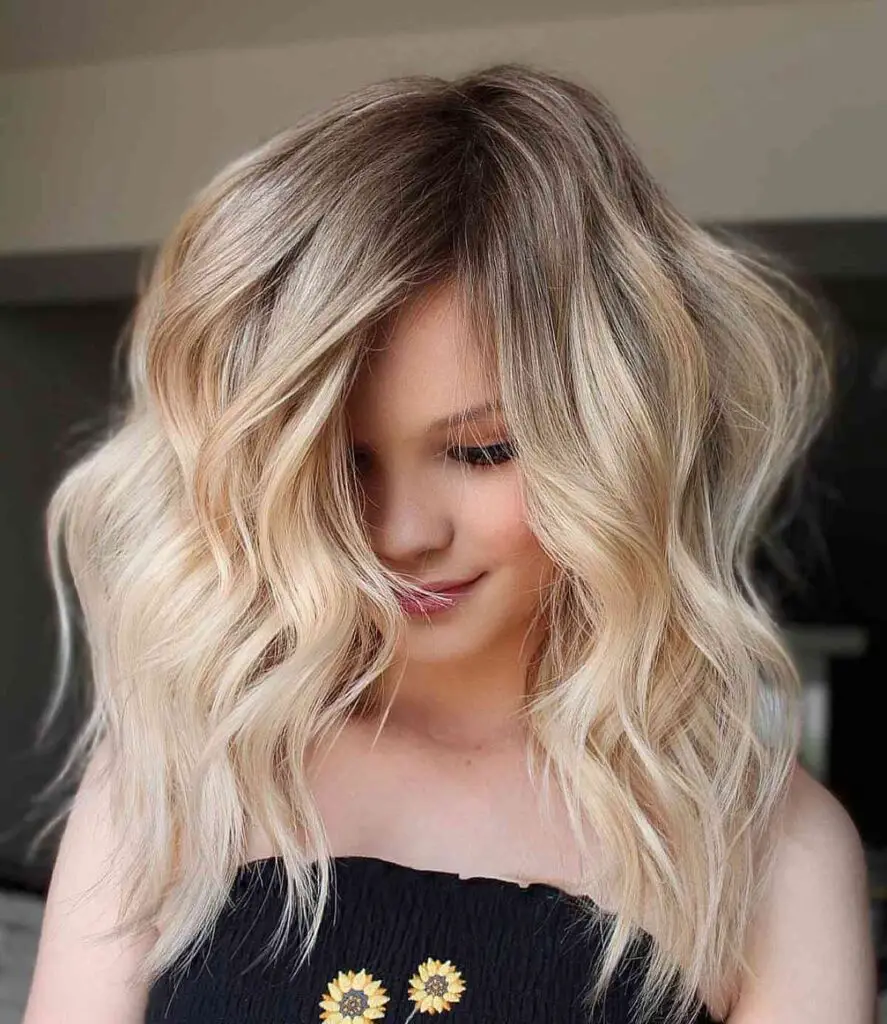
Photo Credits: Hairstyle Camp, Jamie Mortenson, Sarah Botsford, Udara Co, Romeu Felipe, CoolBe
READ ALSO: A Palette of Possibilities: Decoding Interesting Clothing Colour Combinations 2023